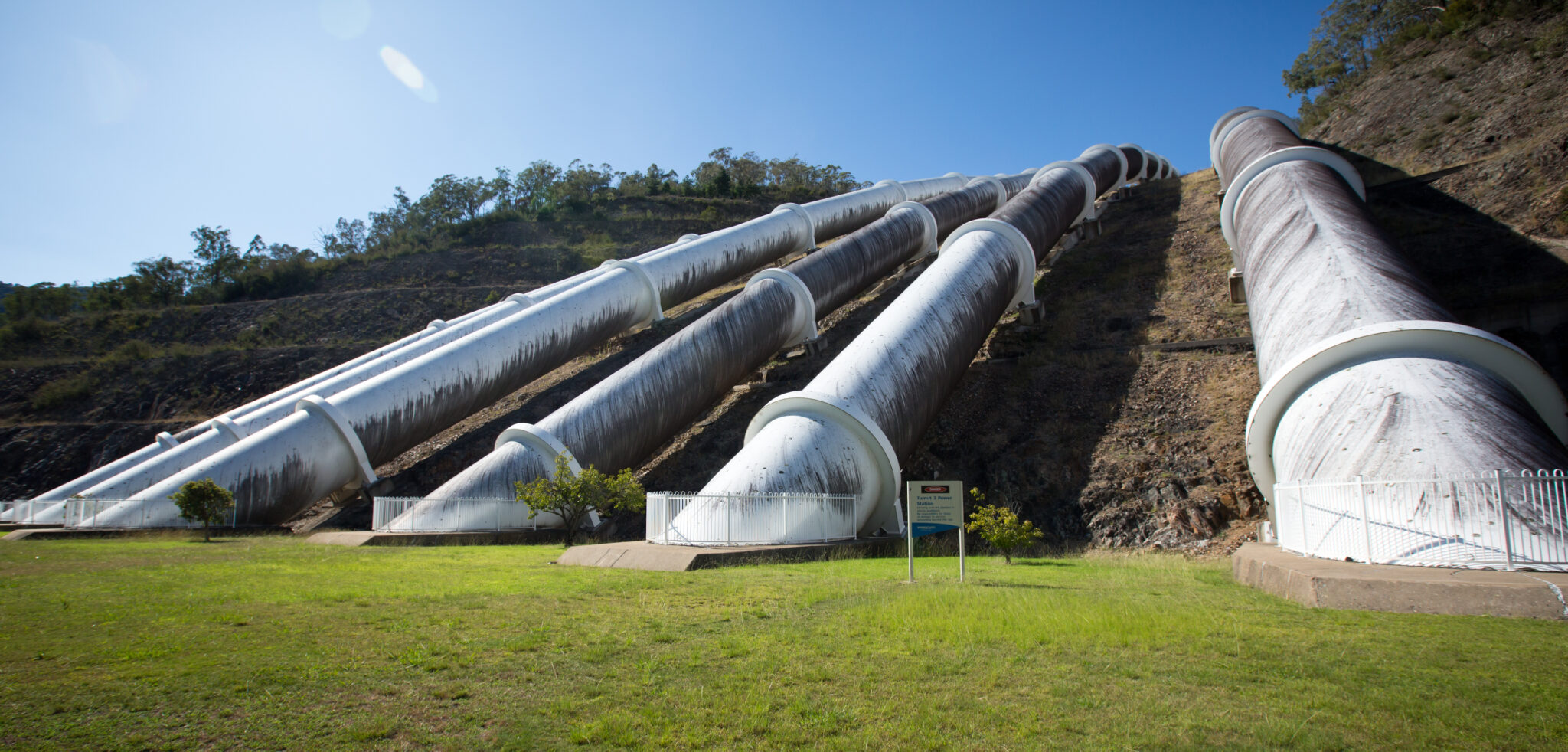The global focus on renewable energy projects has continued to gain momentum over the last 12 months and so, too, has the uptake of renewable energy initiatives by the mining sector.
The investment landscape is changing
The case for mining companies to invest in renewable energy remains compelling. Governments around the world are enacting legislation designed to bring their economies in line with the goals of the Paris Agreement (which targets net-zero emissions by 2050), meaning companies across all industries will have to adapt to these new rules and regulations if they wish to remain compliant in their areas of operation. In addition to regulatory drivers, technological advances are continuing to reduce the cost of developing renewable energy projects and stakeholder requirements are driving an increasing corporate appetite to ‘go green’.
These factors are contributing to an acceleration of investment in renewable energy projects.
Microgrids
There is increasing appetite by miners to implement renewable energy supply solutions for their operations.
In mid-2020, EDL Energy completed the delivery of a 56 MW ‘hybrid’ microgrid project at South African mining company Gold Fields’ Agnew Gold Mine in Western Australia. The microgrid is comprised of five wind turbines capable of delivering 18 MW of power, a 10,000-panel solar farm contributing 4 MW, a 13 MW/4 MWh battery energy storage system and a 16 MW gas engine power station. The Australian Renewable Energy Agency (ARENA) supported the project with a capital contribution of $13.5 million and the renewables component of the project is expected to provide up to 70% of the mine’s energy requirements. The project is recognised as Australia’s largest renewables microgrid and the first in-country to utilise wind generation at scale on a mine site.
Hot on the heels of the Agnew project, a number of other mine microgrids have been developed or are in the pipeline. These include recent announcements by copper miner, Oz Minerals, to progress to the next stage of studies to power its proposed West Musgrave Project with a hybrid fossil fuel-solar-windbattery solution, potentially making it one of the largest fully off-grid, renewable powered mines in the world.
Pumped hydro
In January 2021, Centennial Coal received funding from ARENA to perform a series of technical studies and trials for the potential deployment of a 600 MW pumped hydro energy storage (PHES) system using underground coal mining voids.
ARENA considers the Centennial Pumped Hydro Energy Storage Project to be an affirmation of the utility of large-scale PHES to ‘firm-up’ intermittent renewable generation and to address grid security and reliability issues, which have accompanied the accelerating rollout of renewables onto the distribution network. AEMO’s Integrated System Plan 2020 indicates the NEM will require 6-19 GW of storage by 2035.
Furthermore, when compared to traditional PHES, the development of PHES on former mine sites has the potential to result in significant cost reductions driven by the lower cost of civil construction works (due to the pre-existing lower reservoir and existing underground shafts), as well as typically being co-located with existing transmission infrastructure.
A number of other PHES developments on former mine sites have been proposed or are already in the development stage. In this regard, Genex Power has recently started preliminary work on the 250 MW PHES component of its Renewable Energy Hub at Kidston, in North Queensland.
Our article, From mine site to pumped hydro: commercial considerations for mine owners and project proponents, explores the benefits and unique challenges that former mine sites encounter with PHES projects.
Related to these developments, Hydro Tasmania, Macquarie Group and Shell have just struck an innovative deal under which Hydro Tasmania sells the rights to power stored in its PHES system during the highest-priced parts of the day. The first-of-its-kind deal heralds the development of a new financial product, which is expected to be popular with electricity retailers seeking to hedge against escalating price risk. This is anticipated to spur the development of PHES projects, including on mine sites.
Malabar’s Solar Project
Our client, Malabar Resources, obtained planning approval in September 2020 from the New South Wales Government for the development of a 25 MW solar farm on rehabilitated mine land. The solar farm will be constructed on open cut mine voids that have been backfilled after the completion of mining activities.
The solar farm is well positioned in close proximity to existing infrastructure and will connect to the network via either an existing substation located on the Maxwell Infrastructure site, or via the construction of a new transmission.
With an annual energy generation of 60 GWh, the Maxwell Solar Farm will have the capacity to power about 10,000 New South Wales homes – nearly all the homes in the surrounding towns of Muswellbrook and Singleton.
